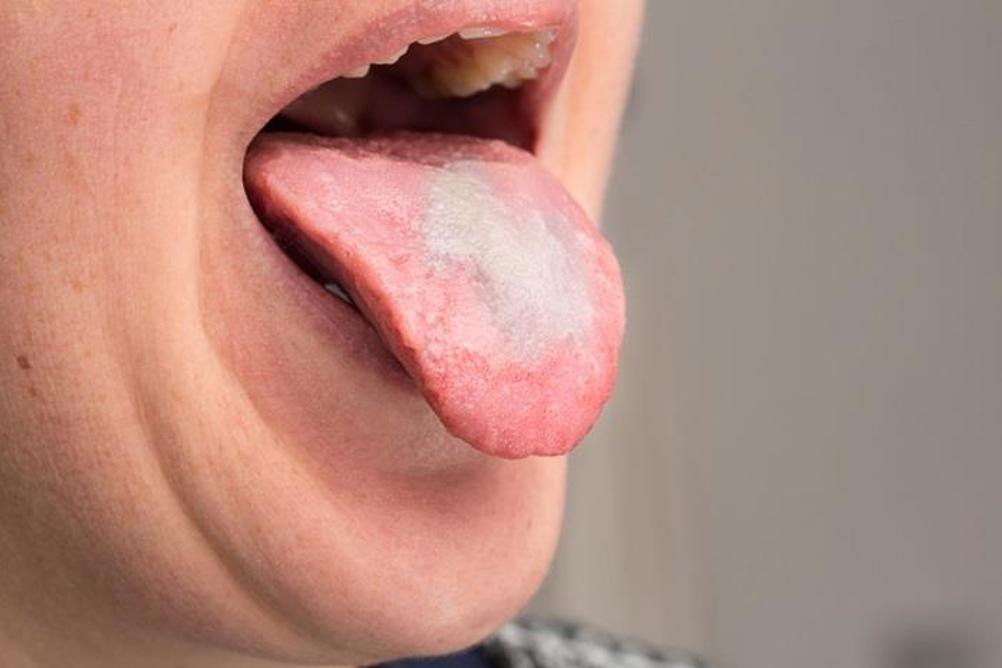
The filamentous bacterium doesn’t just divide, it splits into multiple cells at once, a rare process called multiple fission.
The research was published in the Proceedings of the National Academy of Sciences.
The research
The team observed C. matruchotii cells divide into up to 14 different cells at once, depending on the length of the original mother cell. These cells also only grow at one pole of the mother filament, something called ‘tip extension.’
C. matruchotii filaments act as a scaffolding within dental plaque, which is a biofilm. Dental plaque is just one microbial community within an immense population of microorganisms that live in and coexist with a healthy human body—an environment known as the human microbiome.
Register now to continue reading
Thank you for visiting Dental Nursing and reading some of our resources. To read more, please register today. You’ll enjoy the following great benefits:
What's included
-
Up to 2 free articles per month
-
New content available
Already have an account? Sign in here
